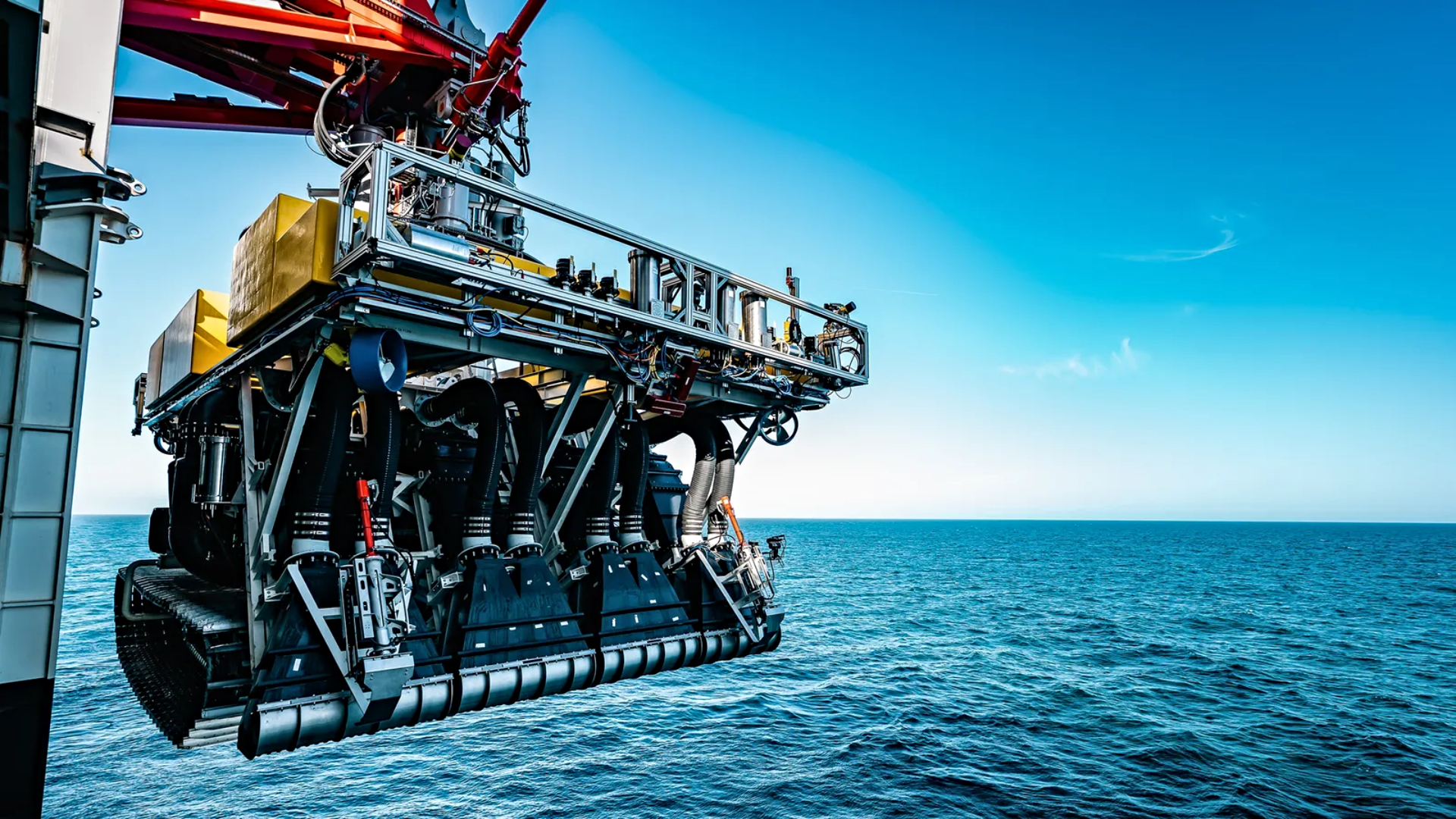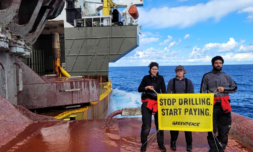A recent study using jellyfish unmasks the danger that looms behind the deep-sea mining industry, emphasising the importance of protecting marine ecosystems and sustainable practices.
Located deep within the seabeds of the vast oceans are metallic nodules that have piqued the interest of many countries.
The minerals contained within these deposits are driving deep-sea mining, a burgeoning industry which views such minerals as the lifeblood of the energy sector. The practice continues to stoke international debate over its environmental consequences.
A recent study published in Nature Communications proved that undertaking deep-sea mining does indeed have serious repercussions on the marine life that reside within water columns – the vast space between the surface and the seabed.
The jellyfish study
The crux of the study was conducted on jellyfish collected from different Norwegian fjords.
Since the creatures are sensitive to light, they were put into temperature-controlled tanks within a dark lab aboard a research vessel.
The tanks accurately simulated the levels of sediment and debris created when mineral extracting vehicles disturb the sea floor. Surprisingly, the experiment revealed a situation where the sediment that is disturbed did not settle up but more circulated through the water.
When the jellyfish were coated in the sediment, they were found to produce excessive amounts of mucus, which requires a lot of energy to do so. If they’re forced to continue producing mucus over long periods, their health would deteriorate and obtaining food would be a tough ask.
There were also signs of acute stress with the addition of genes associated with wound healing being activated in the jellyfish.
Why deep sea mining is popular
With the increase in demand from the energy industry, the need for rare minerals and metals has significantly increased.
In fact, in July, the United Nations International Seabed Authority (ISA) held a conference to discuss whether deep sea mining licenses should be fast-tracked. The result of the assembly saw 21 countries vote on a ban, while others such as China, Norway, Nauru, Mexico, and the UK supported upping the ante with the ecologically dubious practice.
The act of deep sea mining involves heavy machinery digging the ocean floor to unearth rare minerals which are then pumped up to the surface. There is high interest in cobalt, nickel, copper, and manganese which would be used in the manufacturing of electric vehicles and other electronics.
Many companies have been ardent supporters of deep sea mining, as they argue that it’s more economically and environmentally efficient than land mining.
With that said, organisations with ISA-issued licenses are also pivoting towards the mining of the seabed, with The Metals Company (TMC) a Canadian company being one of the biggest players.
TMC is a giant when it comes to acquiring the metals needed in manufacturing goods in the energy industry and has partnered with some Pacific states to conduct its hunt for metals within the ocean.
China on the other hand, one of the world’s largest producers of metals has seen its mining industry growing rapidly in recent decades, driven by strong domestic demand for metals and by the country’s export-oriented economy.




















